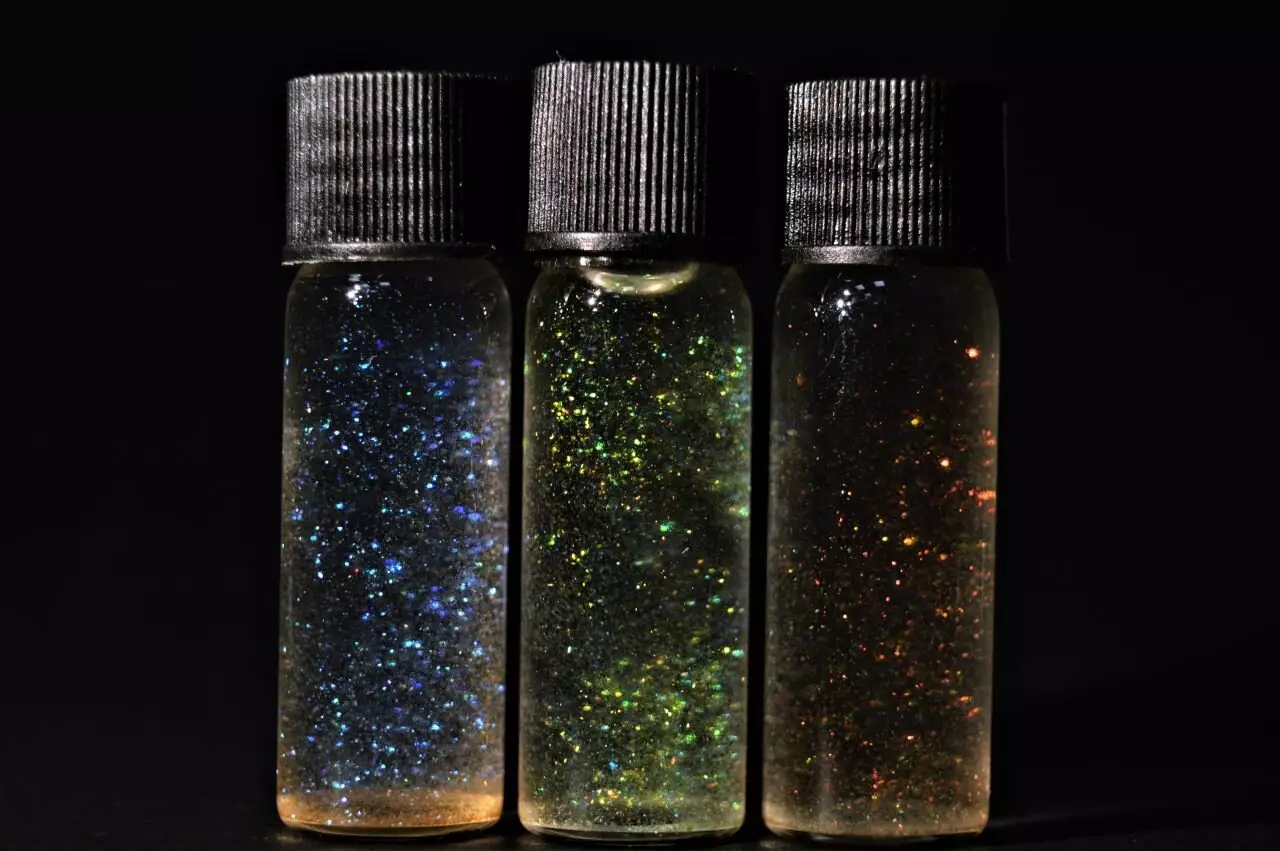Plastic has become a ubiquitous material in modern society, with over 368 million metric tons produced annually. Alarmingly, almost 13 million metric tons find their way into soils and environments, posing grave risks to wildlife and ecosystems. The problem of plastic pollution is compounded by the emergence of microplastics—tiny fragments that measure less than five millimeters. These minuscule particles result from the degradation of larger plastic items, such as water bottles, but can also originate from everyday products like glitter. As microplastics infiltrate natural habitats, they present a substantial threat to both aquatic and terrestrial species.
The Threat of Microplastics to Wildlife
Microplastics are small enough to be ingested by animals, who often mistake these particles for food. This can induce dire consequences, including malnutrition and gastrointestinal blockages. Research primarily focuses on ocean-dwelling creatures; however, the dangers posed to land-based species are less understood. This knowledge gap is concerning, particularly when considering that land pollution from plastics is estimated to exceed what ends up in the oceans by a staggering fourfold.
Glitter: A Microplastic Menace
One intriguing yet alarming contributor to microplastic pollution is glitter. Commonly found in cosmetics, clothing, and various decorative applications, conventional glitter is predominantly made from polyethylene terephthalate (PET), the same polymer used in soft drink bottles. Often combined with aluminum or other metallic substances for that characteristic sparkle, glitter can be deceptively harmless at first glance. However, its dispersal in the environment raises significant concerns, as it’s challenging to measure how much of it escapes into natural habitats.
Despite its environmental repercussions, Australia has not yet followed the European Union’s 2023 initiative to ban loose plastic glitter and certain products containing microbeads. A study conducted in New South Wales highlighted that about 24% of microplastics in sewage sludge came from glitter, underscoring the immediate need for more stringent regulations.
Biodegradable Alternatives: A Double-Edged Sword
While biodegradable glitter options are available, previous studies have hinted that these could also be harmful. Many ‘biodegradable’ glitters still rely on a thin coating of plastic and a colored aluminum layer, which may lead to toxicity comparable to their conventional counterparts. As public awareness grows regarding the environmental implications of microplastics, the demand for greener alternatives signifies a pivotal shift in consumer behavior.
In an effort to create a more sustainable version, a research team at the University of Cambridge has developed a novel glitter made from biodegradable cellulose nanocrystals. Inspired by the natural world, cellulose—the structure that gives wood its robust properties—offers an environmentally friendly alternative while retaining the visual allure we associate with traditional glitter.
In their research, the Cambridge team performed ecotoxicological tests utilizing springtails (Folsomia candida), tiny soil-dwelling organisms crucial for maintaining soil health. They exposed these creatures to varying concentrations of both conventional and cellulose-based glitter within soil sourced from the University of Melbourne’s Dookie campus. The study primarily focused on assessing the impacts on springtail survival, growth, and reproduction.
Interestingly, while neither form of glitter significantly impacted the survival or size of the springtails, a stark difference emerged regarding reproduction rates. At concentration levels of 1,000 mg of conventional glitter per kg of soil, springtail reproduction plummeted by an alarming 61%. This level of contamination is comparable to existing parameters of microplastic contamination found in the environment, with certain soils hosting up to 100,000 mg of microplastics per kg.
The consequences of reduced springtail reproduction are manifold, potentially destabilizing entire soil ecosystems. With fewer juvenile springtails, there might be a decline in organic matter breakdown, which can limit nutrient availability for plants. Given the fundamental role springtails play in maintaining soil quality and ecological balance, this highlights the urgent need to reconsider the use of conventional glitter in a variety of applications.
Ultimately, the findings from this research are a call to action. Consumers and manufacturers alike should think critically about their glitter use and opt for more sustainable substitutes. As we unveil the hidden dangers posed by seemingly innocuous items like glitter, there lies hope that continued innovation in materials science will yield effective solutions that disseminate sparkle without compromising our planet’s health.

